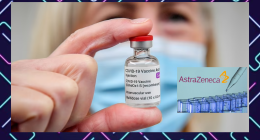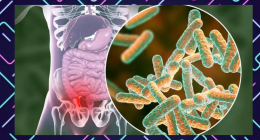What are the different covid vaccines?
Different types of covid vaccines are available. It’s important to be intentional about the one you’re opting for.
All the vaccine candidates simultaneously in the pipeline for COVID-19 are aimed to achieve immunity to the virus and maybe stop transmission. How these vaccines work is that they stimulate the immune response to an antigen, a molecule found on the virus. In the case of COVID-19, the antigen is typically the characteristic spike protein found on the surface of the virus, which it normally uses to help it invade human cells.
Different covid vaccines: What are they?
There four main types of COVID-19 Vaccine available which are;
- Protein Subunit
- Whole virus
- Viral Vector
- Nucleic acid (RNA AND DNA)
As types exist so brands exist too. The best COVID-19 vaccine brand is the first one that is available to you. Do not wait for a specific brand. All currently authorized and recommended COVID-19 vaccines are safe, effective, and reduce your risk of severe illness. No one vaccine is recommended over another CDC said.
Protein Subunit
Subunit vaccines use pieces of the pathogen – often fragments of protein – to trigger an immune response. Doing so minimizes the risk of side effects, but it also means the immune response may be weaker. This is why they often require adjuvants, to help boost the immune response. An example of an existing subunit vaccine is the hepatitis B vaccine
Whole virus
Many conventional vaccines use whole viruses to trigger an immune response. There are two main approaches. Live attenuated vaccines use a weakened form of the virus that can still replicate without causing illness. Inactivated vaccines use viruses whose genetic material has been destroyed so they cannot replicate, but can still trigger an immune response. Both types use well-established technology and pathways for regulatory approval, but live attenuated ones may risk causing disease in people with weak immune systems and often require careful cold storage, making their use more challenging in low-resource countries. Inactivated virus vaccines can be given to people with compromised immune systems but might also need cold storage (1)
Viral vector
This type of vaccine uses a safe virus to deliver specific sub-parts – called proteins – of the germ of interest so that it can trigger an immune response without causing disease. To do this, the instructions for making particular parts of the pathogen of interest are inserted into a safe virus. The safe virus then serves as a platform or vector to deliver the protein into the body. The protein triggers the immune response. The Ebola vaccine is a viral vector vaccine and this type can be developed rapidly WHO
Nucleic acid
Nucleic acid vaccines use genetic material – either RNA or DNA – to provide cells with the instructions to make the antigen. In the case of COVID-19, this is usually the viral spike protein. Once this genetic material gets into human cells, it uses our cells’ protein factories to make the antigen that will trigger an immune response. The advantages of such vaccines are that they are easy to make, and cheap. Since the antigen is produced inside our own cells and in large quantities, the immune reaction should be strong.








